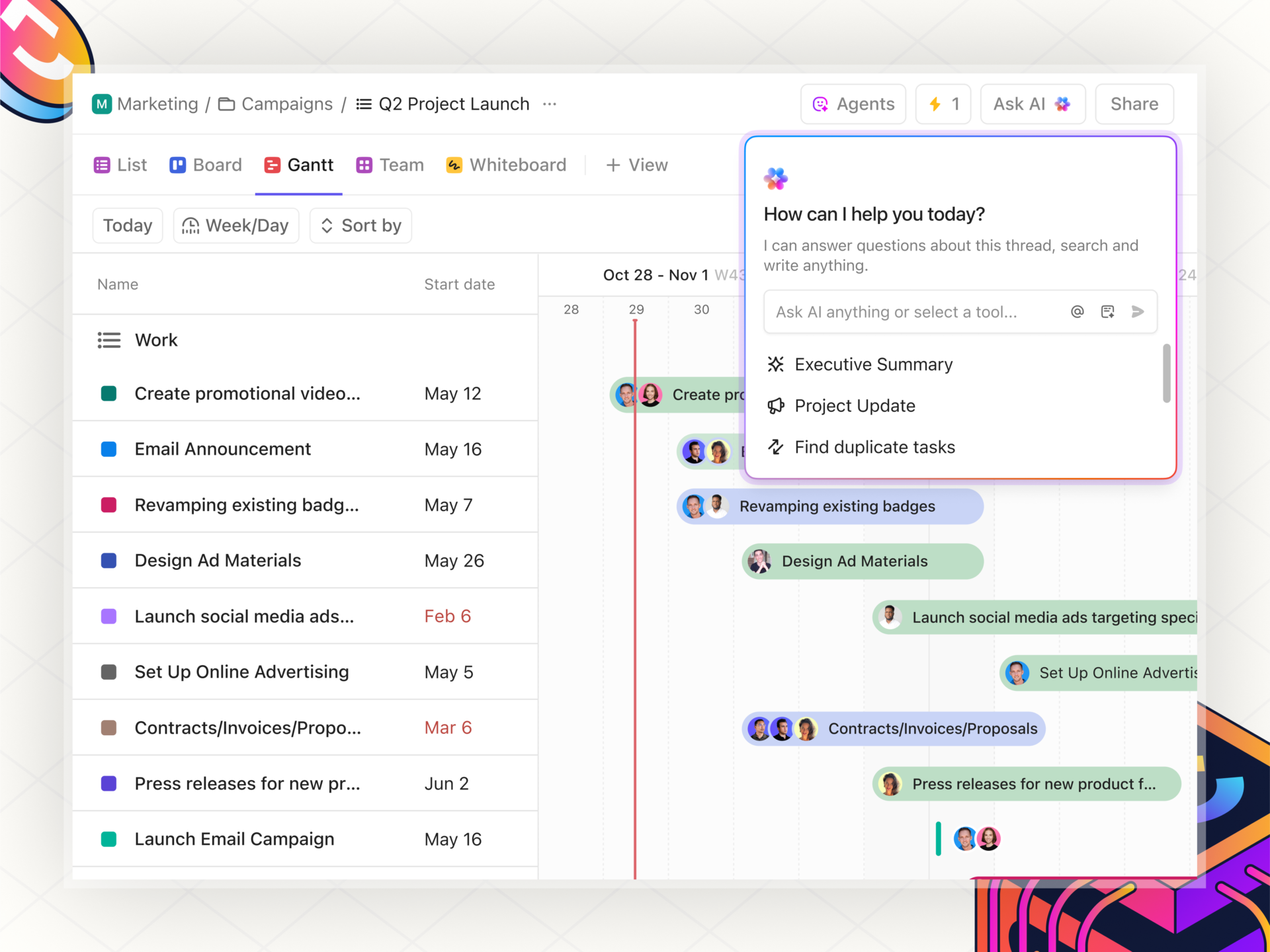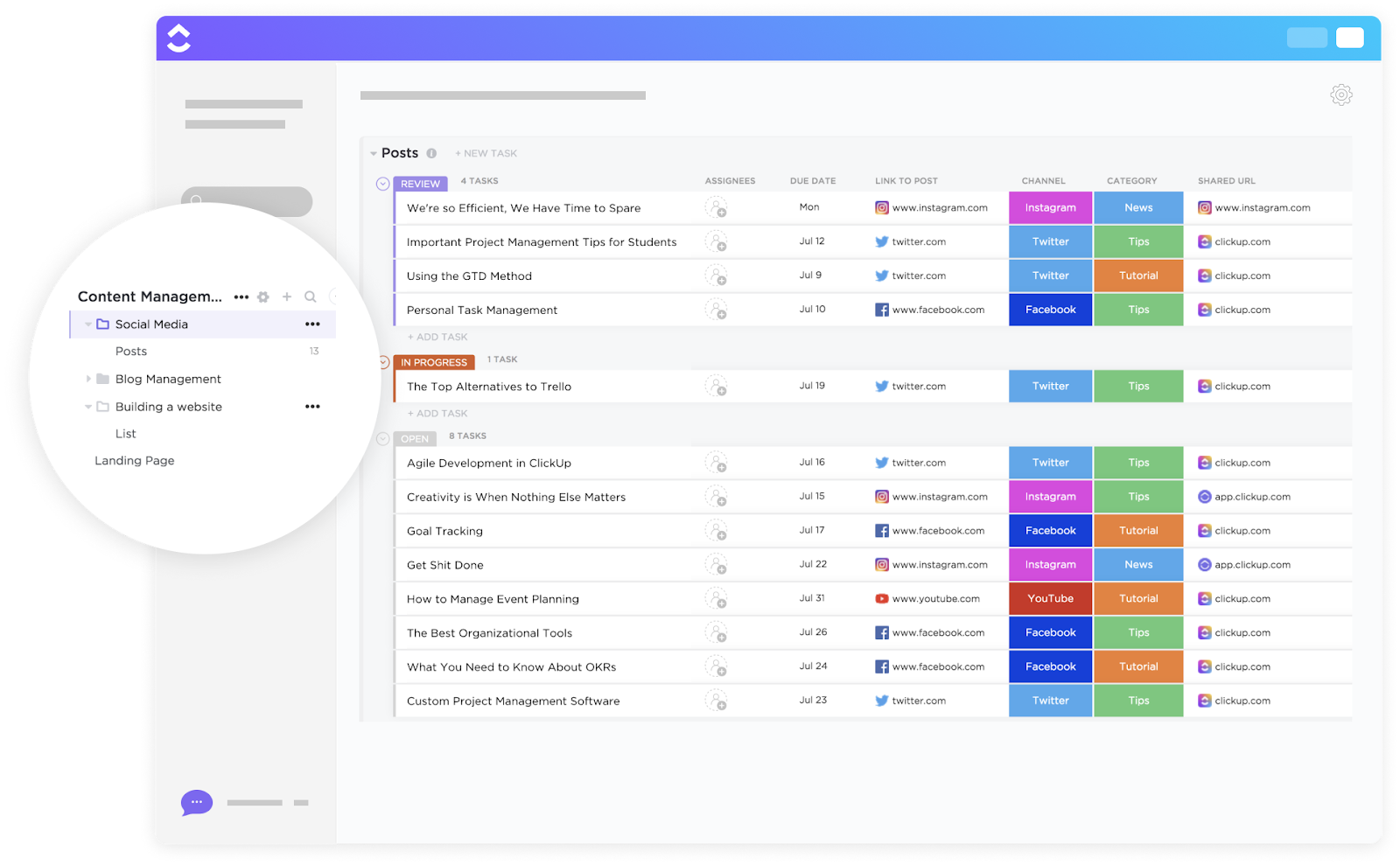Introduction
If you’re like most marketers, you’re spending too much time managing campaigns and not enough time executing them. With deadlines tightening and expectations growing, the traditional approach to marketing campaigns just isn’t cutting it.
Artificial intelligence is changing the game for marketing teams.
By automating repetitive tasks and streamlining workflows, artificial intelligence helps you create and execute campaigns faster, with better results. This guide explores practical steps to automate your marketing campaign creation using AI tools, with a focus on implementation rather than theory.
The Real Problem with Manual Campaign Creation
The Hidden Costs of Your Current Process
Your marketing team faces a familiar challenge: too many tools, too many meetings, and not enough time to focus on strategic and creative work. Let’s break down the specific hurdles:
- Fragmented workflows across multiple platforms create inefficiencies
- Manual data entry increases the risk of errors and inconsistencies
- Limited personalization due to time constraints affects campaign performance
- Delayed approvals and feedback loops cause missed deadlines
- Lack of real-time visibility makes it difficult to adjust campaigns on the fly
How much time did your team spend last week just coordinating campaign tasks rather than creating?
Why Spreadsheets Are Holding You Back
Spreadsheets might be your go-to tool for campaign management, but they’re limiting your team’s potential.
Here’s why:
- They’re static documents that don’t update in real time
- They lack automation capabilities for repetitive tasks
- They create version control nightmares when shared across teams
- They don’t integrate with your marketing execution tools
- They provide no visibility into bottlenecks or workflow issues
Without built-in support for content optimization, spreadsheets simply can’t support the complexity of modern marketing campaigns.
Why Traditional Project Management Tools Fall Short
You’ve likely tried using general project management tools for marketing campaigns. While better than spreadsheets, they still have significant limitations:
- They aren’t designed specifically for marketing workflows
- They lack marketing-specific features like content calendars and asset management
- They don’t support the creative process and approval workflows
- They rarely offer AI capabilities` to accelerate campaign creation
- They can’t keep up with the velocity demands of modern marketing
In the age of artificial intelligence, sticking with traditional systems means you’re not taking advantage of automation that could dramatically increase your team’s output. The status quo approach simply can’t meet the expectations that marketing and company leaders have around marketing velocity.
Step-by-Step Guide to Automating Campaign Creation with AI
Step 1: Identify the Right AI-Powered Tools
Start by evaluating tools that will actually solve your specific campaign challenges. Look for platforms that offer:
- Unified campaign workspace that brings planning, assets, and execution together
- AI capabilities that automate repetitive tasks like content generation
- Marketing-specific features like dynamic content calendars and approval workflows
- Integration capabilities with your existing tech stack
- Analytics and reporting that provide actionable insights
What are the most time-consuming aspects of your current campaign process that AI could help automate?
Step 2: Integrate with Your Existing Marketing Stack
Successful implementation requires seamless connection with your current tools:
- Ensure your AI platform can connect with your CRM to segment and engage your target audience using customer data
- Set up integrations with email marketing platforms for content distribution
- Connect with analytics tools to measure campaign performance
- Link to DAM (Digital Asset Management) systems for creative assets
- Establish bidirectional data flows to eliminate manual data entry
This integration step is crucial—it creates a central hub for campaign data while allowing specialized tools to do what they do best.
Step 3: Strategize and Plan Your Campaign
Even with AI, effective campaign planning starts with human strategy:
- Coordinate cross-functional stakeholders for a kickoff call (marketing, sales, product)
- Record the meeting or add a notetaker to capture all insights
- Prepare specific questions about campaign themes, messaging, target audience, channels, budget, timelines, and how these elements will contribute to effective advertising campaigns
- Use AI to process the meeting transcript and generate a comprehensive campaign brief
- Review and refine the AI-generated brief to ensure it captures all key elements
This approach turns a traditionally time-consuming process into an efficient collaboration that leverages both human expertise and a well-structured AI marketing strategy.
Step 4: Automate Content Creation and Distribution
With your campaign brief ready, it’s time to leverage AI for execution:
- Pass the brief to appropriate team members or AI agents for implementation
- Use AI to generate initial drafts of campaign assets based on brief parameters
- Implement automated approval workflows to keep content moving
- Create personalized content variations at scale for different audience segments
- Schedule automated distribution across multiple channels
By automating these repetitive tasks, your team can focus on strategic refinement rather than starting from scratch with each asset. Many modern tools use generative AI to accelerate the production of content while maintaining brand consistency.
Step 5: Monitor and Optimize Campaigns in Real-Time
AI transforms campaign monitoring from reactive to proactive:
- Implement AI-driven analytics to continuously track performance metrics
- Set up automated alerts for underperforming campaign elements
- Use predictive analytics to forecast campaign outcomes and make adjustments
- Leverage AI-driven analytics to gain valuable insights for campaign optimization
- Create automated A/B testing to optimize content on the fly
- Establish a feedback loop that applies learnings to future campaigns automatically
This ongoing optimization ensures you’re not just automating campaign creation but continuously improving results.
How Transforms Campaign Execution
’s Campaign Execution solution addresses the inefficiencies of traditional approaches by consolidating planning, execution, and tracking into a single platform:
- Unified workspace eliminates the chaos of switching between tools
- AI enhances productivity by automating task generation and surfacing relevant assets
- Docs centralizes briefs and content creation for clarity in messaging
- Customizable List and Board Views streamline execution workflows
- Custom Fields and Sprint functionality ensure no detail is overlooked
- Comprehensive Dashboards provide real-time performance tracking
This consolidation of workflows fundamentally transforms team collaboration and campaign success by freeing creative teams from administrative tasks and allowing marketers to focus on crafting compelling content rather than managing spreadsheets.
Getting Started: Your First 30 Days with AI-Powered Campaign Execution
Ready to transform your campaign process? Here’s a practical 30-day plan:
Days 1-5: Audit and Analyze
- Document your current campaign workflow and identify bottlenecks
- Map out integration requirements with existing tools
- Determine key metrics you’ll use to measure success
Days 6-15: Setup and Integration
- Configure your workspace with marketing-specific templates
- Set up integrations with your essential marketing tools
- Train team members on the new workflow
Days 16-30: Implementation and Optimization
- Run a pilot campaign using the new AI-powered process
- Collect feedback from team members and stakeholders
- Make adjustments based on early results and team input
AI-Powered Execution is the New Competitive Advantage
Automating marketing campaigns with AI isn’t just about efficiency—it’s about creating a competitive advantage in a world where marketing velocity increasingly determines success.
By implementing the right tools and processes, you can transform your team from campaign managers to campaign executors, dramatically increasing output while maintaining quality. The most successful teams aren’t just planning better campaigns—they’re executing them faster and more effectively with artificial intelligence as their co-pilot.
The question isn’t whether to adopt AI-powered campaign automation, but how quickly you can implement it to stay ahead of competitors who are already making the shift.
About ’s Campaign Execution Solution
offers a comprehensive platform that brings campaign planning, content creation, and performance tracking into one unified workspace.
With AI-powered automation and marketing-specific features, helps teams eliminate the chaos of campaign management and focus on delivering results.
Get the Campaign Execution Playbook

Everything you need to stay organized and get work done.












